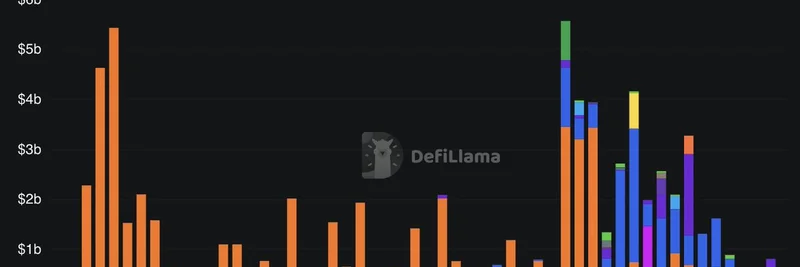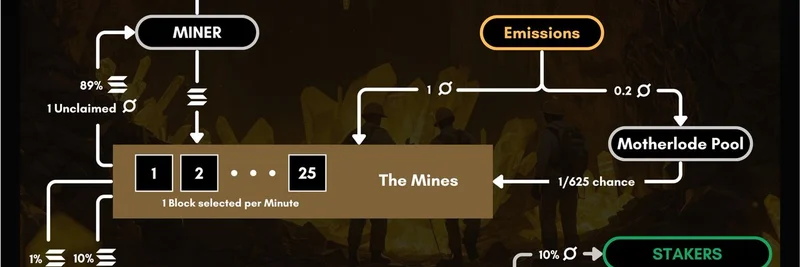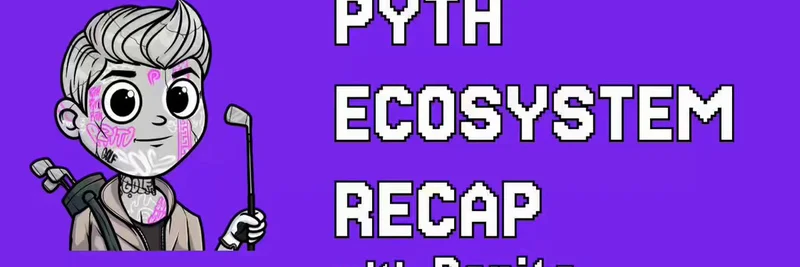Ever scrolled through X and stumbled upon a thread that makes you question everything about money? That's exactly what happened with @joyhodling's recent post, which shares a mind-blowing TikTok series breaking down the world's debt system. If you're in the crypto space, especially dabbling in meme tokens, this one's a gem—it echoes the very reasons many of us turned to blockchain in the first place.
The thread kicks off with three burning questions: Who really owes the debt for countries like the US? How does this massive system even work? And who pulled the strings to set it up? The answer comes in four video parts from TikTok creator @dudeenoughs, painting a picture of a deliberately designed "trap" that's kept nations borrowing forever.
The Four Architects of Eternal Debt
Let's break it down simply. The videos spotlight four key figures across history who, step by step, built the foundation of today's $315 trillion global debt mountain—three times the size of the world economy.
First up is William Patterson in 1694. Back then, kings borrowed money the old-fashioned way: from merchants or nobles, with a promise to pay back. But Patterson flipped the script when England needed war funds. He organized lenders to give the government a permanent loan—never repay the principal, just keep paying interest forever. This birthed the Bank of England, turning debt into a never-ending revenue stream backed by taxes. Sound familiar? It's the blueprint for modern central banks.
Fast-forward to Nathan Rothschild in the early 1800s. The Rothschild family turned sovereign debt into a global marketplace. Nathan didn't just lend; he bought government bonds at discounts and resold them to investors, creating a web of ownership. His famous Waterloo maneuver—using insider info to manipulate bond prices—showed how interconnected debt could make defaults catastrophic. Suddenly, countries couldn't walk away without crashing the whole system.
Then there's J.P. Morgan in 1913. After a 1907 banking panic, Morgan pushed for the Federal Reserve System. Disguised as a decentralized network, it gave private banks power to create money by buying government bonds. This made debt infinite—governments could always borrow more because the Fed would backstop it. No more limits; just endless expansion.
Finally, Paul Volcker in the 1980s sealed the deal. As Fed Chairman, he hiked interest rates to fight inflation, but it crushed developing nations' ability to pay their debts. Instead of defaults, he orchestrated IMF "rescue" loans that restructured everything—keeping interest flowing while forcing countries to privatize assets and open markets. Debt became a tool of control, inescapable even for the poorest nations.
Why This Matters in the Meme Token World
If you're hodling meme coins like DOGE or SHIB, or diving into the latest Solana pumps, this thread hits home. The fiat system—built on endless debt and central control—is exactly what Bitcoin was created to challenge. Satoshi Nakamoto's whitepaper wasn't just tech talk; it was a rebellion against inflationary money printed to service debt.
Meme tokens take that ethos further. They're community-driven, decentralized, and often poke fun at the very establishment the videos describe. Think about it: while governments borrow trillions and pay interest to banks, meme coins like PEPE thrive on viral hype and zero-debt models. No central bank pulling strings—just pure, chaotic market forces.
In blockchain, your keys mean your coins, as @joyhodling reminds us in their bio. It's the antithesis of a system where debt is "owed to itself," as the videos put it. Crypto offers fixed supplies (like Bitcoin's 21 million cap) and DeFi lending without endless rollovers. Sure, memes can be volatile, but they're not trapped in a 300-year-old scheme designed for perpetual interest extraction.
Breaking Free: Blockchain as the Exit Door
This thread isn't just history—it's a wake-up call for blockchain practitioners. With tools like decentralized exchanges and yield farming, we're building alternatives. Meme tokens, often dismissed as jokes, embody the spirit of financial sovereignty. They spread awareness through humor, much like this viral content.
If you're looking to deepen your knowledge, check out resources on Bitcoin's origins or explore how DeFi protocols bypass traditional banks. And remember, in the world of meme tokens, staying informed could mean spotting the next 100x gem before the herd.
Threads like this remind us why we're here: to escape the trap and build something better. What do you think— is crypto the ultimate red pill for the debt matrix? Drop your thoughts below.




